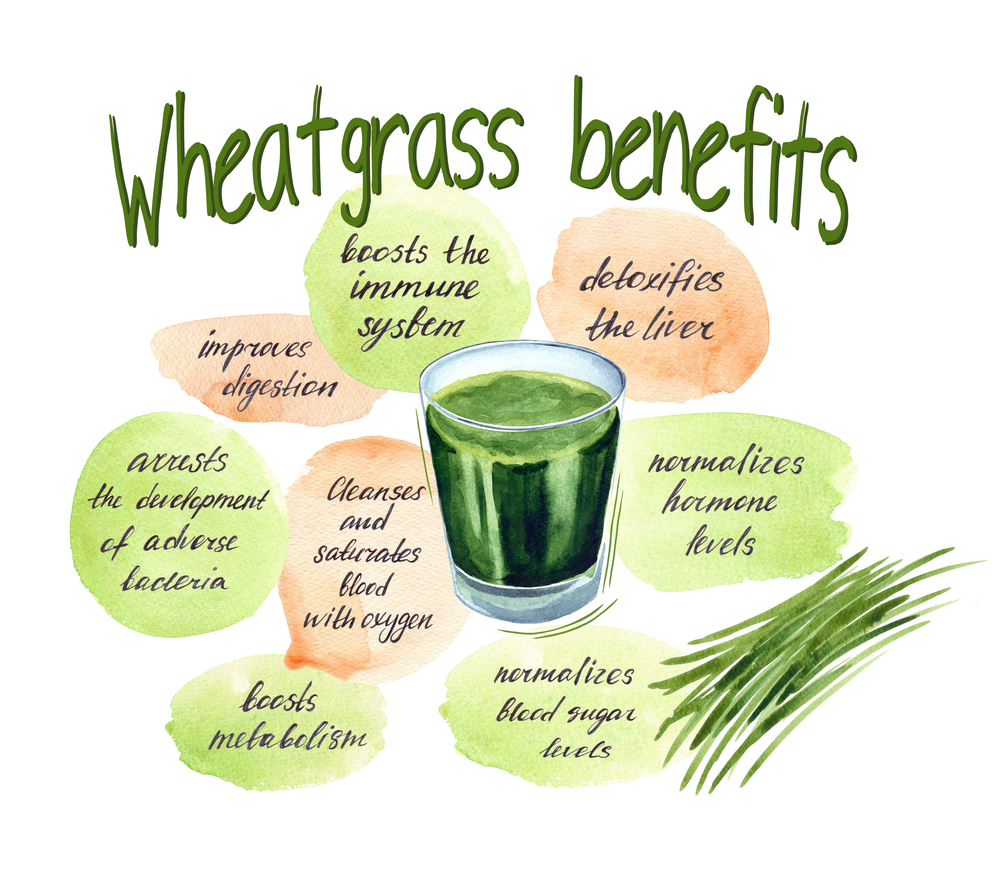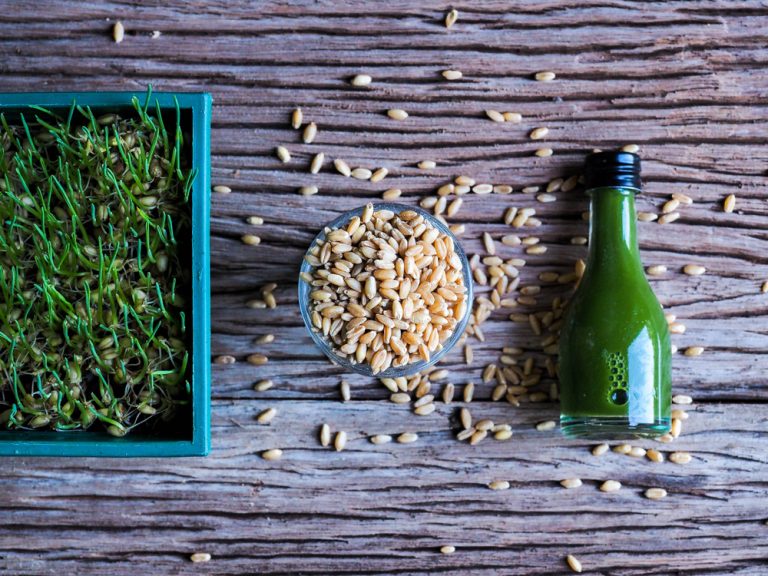Health-conscious people know that for several years there has been a worldwide trend for drinking vegetable drinks, especially green smoothies. All green plants are also getting more popular, from spinach to kale and chlorella. Wheatgrass - the approximately two-week-old leaves (i.e. young leaves growing directly from the embryo) of the common wheat - fits perfectly into both these trends and is usually used to make nutritious drinks.
Wheatgrass has been valued since ancient times, mainly in Mesopotamia and Egypt. The Egyptians considered it a sacred plant that has a positive effect on health and vitality. The modern fame of wheatgrass has gradually grown since 1930 when its popularization (mainly in the USA and Canada) was started by a chemist Dr. Charles F. Schnabel.
A natural cure for everything?
Wheatgrass is considered to be a superfood - a product that provides valuable nutrients and at the same time helps with many ailments - from diabetes to cancer. A small number of reliable studies does not allow for unequivocal confirmation of all its health-promoting properties. However, in the experiments conducted so far, it has been found to have beneficial effects in some cases.
In 2002 a group of scientists from Israel has shown that drinking wheatgrass juice can alleviate the symptoms of ulcerative colitis. Another study of 60 women with breast cancer showed that wheatgrass may help minimize some of the harmful effects of chemotherapy without affecting the effectiveness of the treatment.
What's in wheatgrass?
While it surely won't cure cancer, wheatgrass does have a number of health benefits. According to the research of Dr. Charles F. Schnabel, it can be estimated that 100 ml of wheatgrass juice will provide the equivalent of the bioactive nutrients found in about two kilograms of fruits and vegetables.

First of all, it is an excellent source of chlorophyll (more than 1000 mg of it is contained in 100 g of juice) - a green pigment called the blood of plants, which in the greatest quantities can be found in green, leafy vegetables. Together with vitamins C, E, and carotene (a provitamin of vitamin A) present in wheatgrass, it will support the body's detoxification process and help remove free radicals responsible for the aging process. Chlorophyll is also considered a natural mouth freshener.
Wheatgrass also contains a lot of B vitamins, known mainly for their effect on the nervous system. Among them, it is worth mentioning vitamin B9, or folic acid, which is necessary especially for women who are expecting a baby. Its deficiency, especially in the first trimester of pregnancy, can be harmful to newborn development, and even lead to the occurrence of neural tube defects. Caution - if you are pregnant or breastfeeding, consult your doctor before you start drinking wheatgrass juice. This is not a good time to experiment, especially since the wrong way of growing grass can cause contamination of the raw material, and its consumption - lead to poisoning, dangerous for the health of the child.
Green leaves of young wheat are also rich in minerals, especially potassium, which is necessary for the proper functioning of the heart, phosphorus and calcium for the bones, as well as iron, magnesium, and zinc. Enzymes such as superoxide dismutase (SOD), which helps slow down the aging process of cells are also considered to impact health positively.






